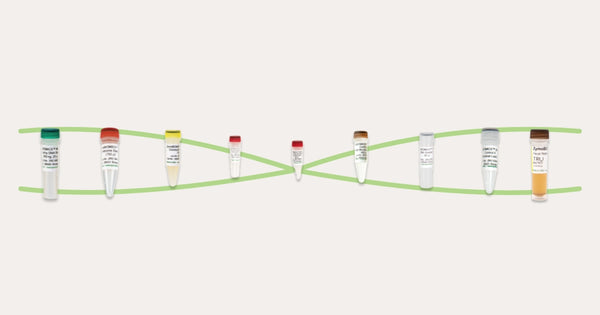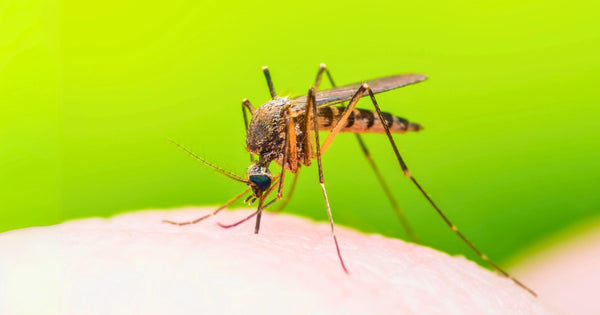Transforming Global Rabies Detection
Rapid Rabies Test Revolutionizing Testing and Treatment
Rabies, a fatal zoonotic disease, has a case fatality rate nearing 100%. Despite being preventable if treated promptly, rabies accounts for approximately 60,000 human deaths worldwide annually. While the gold standard of post-mortem rabies diagnostics is the direct fluorescence antibody test (DFA or FAT), this method has its share of limitations.

Its precision hinges on high quality antibody conjugates, a skilled technician, and the absence of nonspecific fluorescence. The intricate cellular structure and high lipid content can interfere with proper nucleic acid or protein extraction from brain samples. The DFA test falls short when dealing with deteriorated or fixed tissues, requiring maintenance of fresh tissue at cold chain temperatures.
An Alternative Approach…
The Taqman-based LN34 assay, developed by Crystal Gigante, PhD, employs RT-PCR to amplify and identify a conserved genomic region of the lyssavirus species. In a pilot study, this LN34 assay underwent the largest evaluation of its kind, encompassing 2,978 samples. These brain stem samples, extracted using the Direct-zol RNA Miniprep Kit originated from rabies-suspected animals spanning Africa, Asia, the Americas, Europe, and the Middle East. The CDC equipped all participating laboratories with the necessary LN34 assay components, including Direct-zol RNA Purification Kits.
Through bypassing chloroform and phase separation in traditional RNA extraction methods from TRIzol®, the spin-column technology within the Direct-zol RNA Purification Kits address a crucial concern in worldwide rabies testing: ease of use and accessibility. Standardizing the RNA extraction method to a simple binding, washing, and elution was pivotal in executing this study. This allowed laboratories around the globe to undertake RNA extraction from post-mortem brain samples without relying on a scientist versed in the intricacies of organic/phase separation techniques or DFA testing.

The LN34 assay succeeded in detecting rabies virus even in samples unsuitable for DFA testing, such as those in formalin-fixed or deteriorated states. Many rabies-endemic areas lack the means to adopt DFA testing due to the demands of continuous cold storage, a fluorescent microscope, and highly skilled personnel. By enabling RNA extraction from fixed tissues, the need for costly cold-chain transport of fresh tissue is gone, potentially bolstering rabies diagnostics in underserved regions.
The international evaluation showcases the LN34 assay’s robustness, minimal variability, and outstanding diagnostic sensitivity. The LN34 assay has the potential to revolutionize rabies testing across the globe, reducing the administration of unnecessary rabies shots and saving lives.
Stages & Symptoms of Rabies
- Incubation Period: The time between being bitten by an infected animal and the onset of symptoms typically ranges from a few weeks to a few months where there are no noticeable symptoms.
- Prodromal Stage: Nonspecific symptoms that may last for a few days to a week including fever, headache, fatigue, discomfort, and sometimes pain or tingling at the site of the wound.
-
Acute Neurological Stage: Onset of severe neurological symptoms which may include:
- Agitation and Anxiety
- Confusion and Hallucinations
- Hydrophobia
- Difficulty Swallowing due to throat muscle spasms
- Muscle Weakness and Paralysis
- Coma & Death
LEARN MORE ABOUT ZYMO RESEARCH'S DIRECT-ZOL RNA PURIFICATION KITS
References
- Gigante CM, et al., Multi-site evaluation of the LN34 pan-lyssavirus real-time RT-PCR assay for post-mortem rabies diagnostics. PLoS One. 2018
- CDC working with partners on new rapid rabies test that could revolutionize testing and treatment", National Center for Emerging and Zoonotic Infectious Diseases (NCEZID), 7 September 2018



